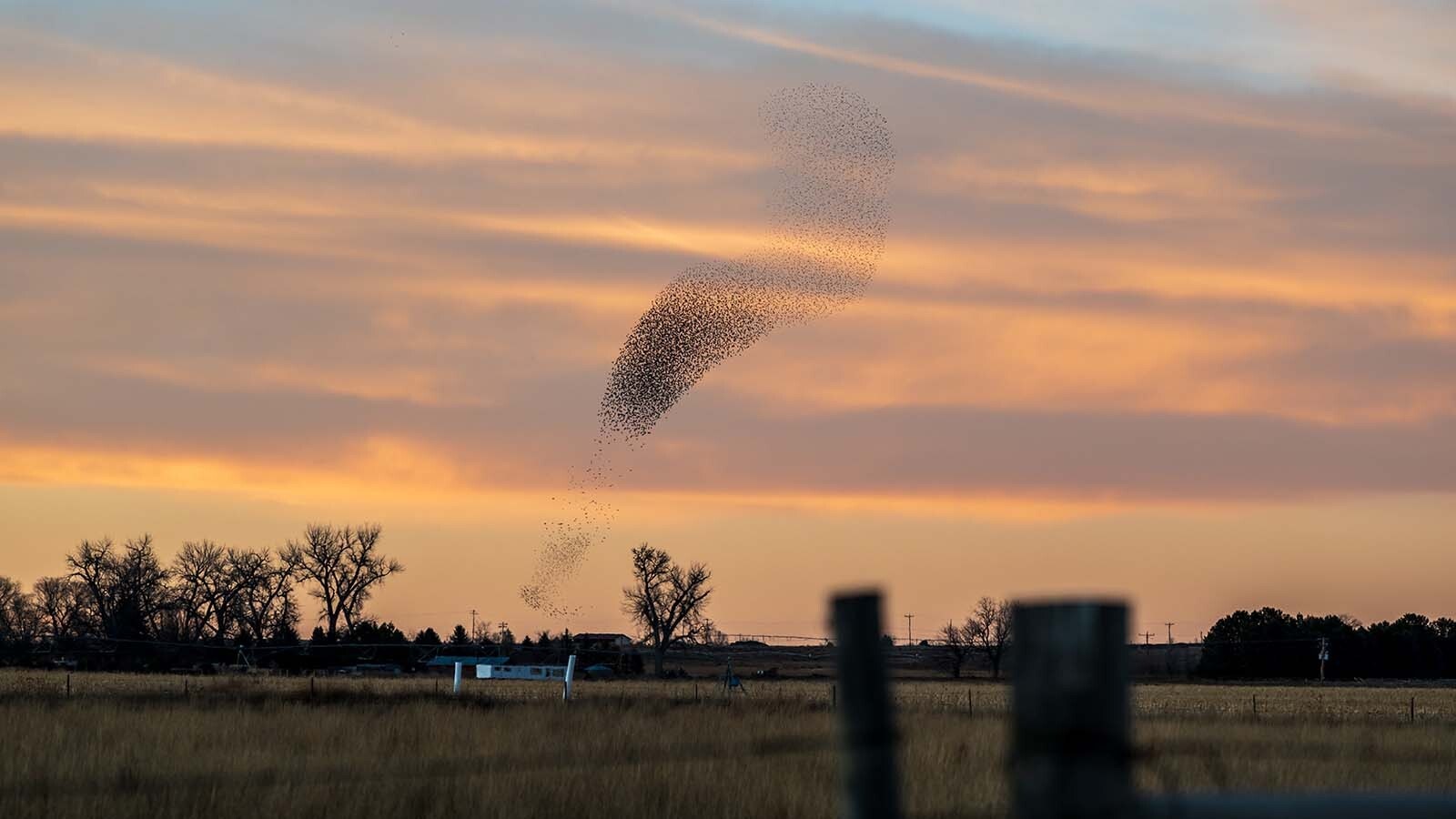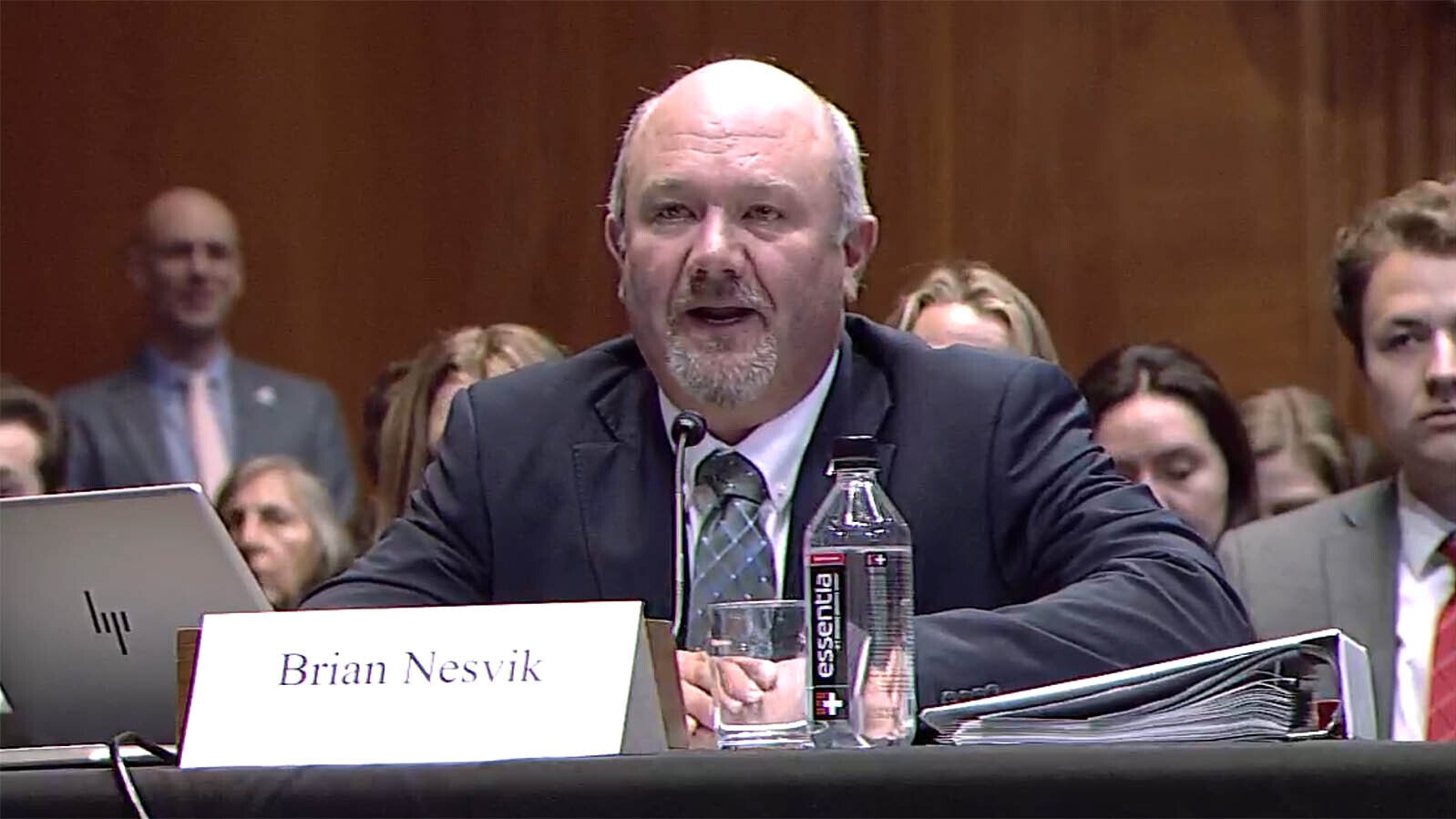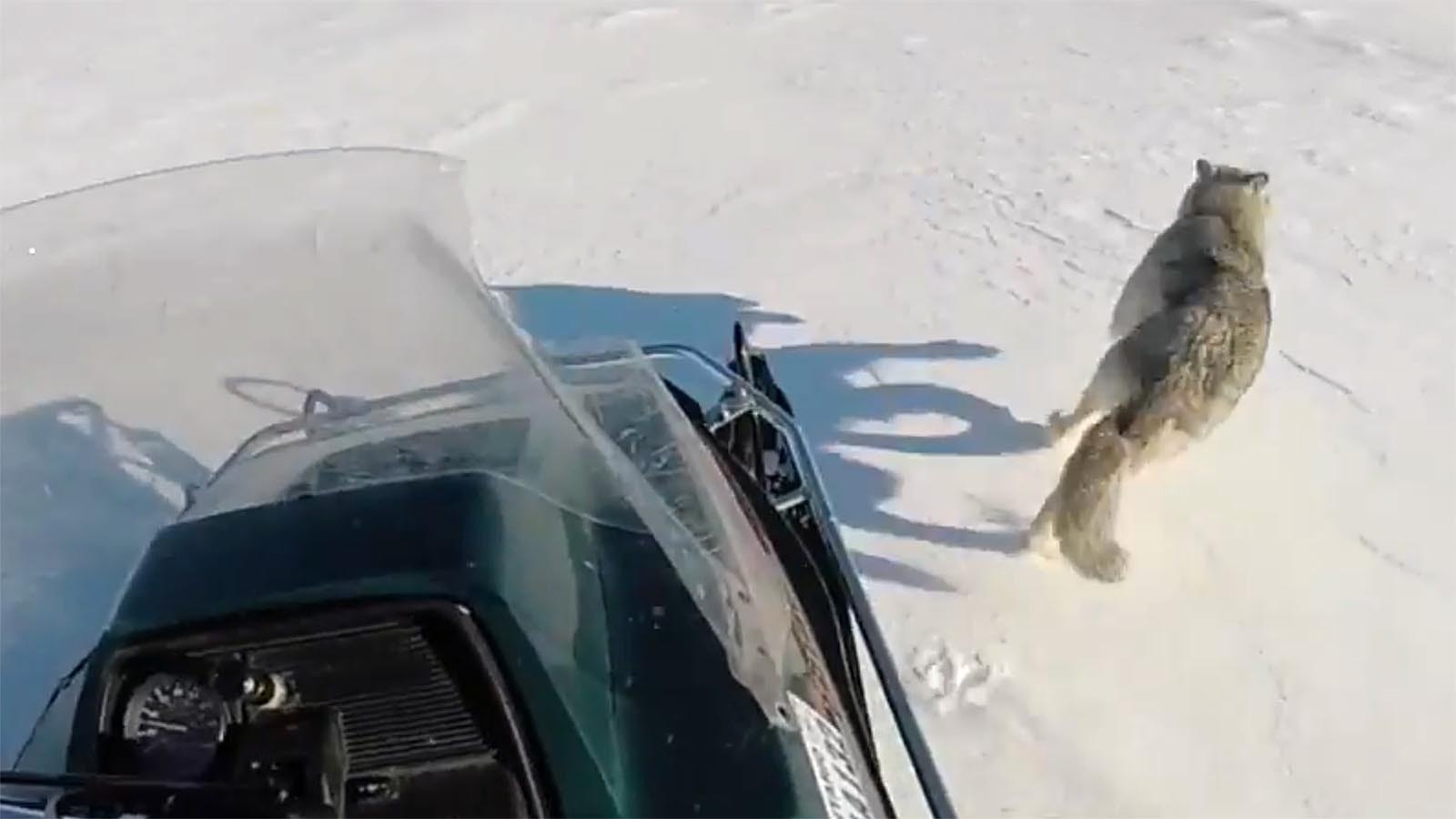There are a lot of fantastically fatal places in Yellowstone National Park, from boiling acidic pools that have dissolved bodies to thermal features hot enough to cook meat and ornery wildlife like grizzly bears, wolves and bison.
Even with all the natural dangers throughout Yellowstone, there’s one spot so deadly it’s earned the name Death Gulch because it can be fatal just by being there.
When geologist Thomas Jaggar led a field team of scientists into Yellowstone in 1897, he found a steep ravine filled with dead animals. The team found eight grizzly carcasses in the spot they dubbed Death Gulch, along with elk, rabbits, squirrels and several other animals.
Based on the condition and density of the carcasses, Jagger guessed that the animals were asphyxiated to death, having been exposed to a cloud of carbon dioxide and hydrogen sulfide that had filled the ravine.
“The gas is probably generated by the action of the acid water on the ancient limestones that here underlie the lavas at no great depth,” Jagger wrote about the region.
“This gas must emanate from fissures in the rock just above the bears, and on still nights, it may accumulate to a depth of two or three feet in the ravine, settling in a heavy, wavy stratum and probably rolling slowly down the bed of the rill into the valley below.," he wrote.
Jagger witnessed the dramatic aftermath of one of the many lethal hazards associated with volcanically active areas. But while Death Gulch captures the imagination and dozens of hapless victims, it’s not as deadly as its morbid moniker might suggest.
Conditional Death
Most of the gases emanating from Yellowstone’s hot springs, fumaroles and geysers are large clouds of water vapor, which is harmless outside of the intense heat. Carbon dioxide and sulfur dioxide are lethal volcanic gases that also emanate in large quantities.
While both gases are colorless, only carbon dioxide is odorless. Sulfur dioxide has a distinct rotten-egg smell that permeates the air nearly everywhere in the park.
Mike Poland, scientist in charge of the Yellowstone Volcano Observatory, said carbon dioxide and sulfur dioxide typically don’t threaten Yellowstone visitors.
Only under certain conditions will the two gases mix into a lethal, low-lying cloud that he called an “inversion layer.”
“Both gases are denser than air,” he said. “When it's very calm and cold, and there are no winds to mix the air up, some of this heavier gas can settle in the low areas. If it accumulates enough, it can asphyxiate anything in the area.”
The ideal circumstances for deadly inversion layers are low-elevation areas near geothermically active areas on cold, calm days. That means large swaths of Yellowstone could theoretically become death gulches, if only temporarily.
Gassed To Death
Poland said the grim scene Jagger found in Death Gulch isn’t exclusive to Death Gulch. In 2004, a similar scene was discovered in a ravine on the opposite end of the park.
“There were some bison found dead in a low area near Norris Geyser Basin,” he said. “It does happen in Yellowstone and some other places, but only under the right conditions.”
An inversion layer caused a human fatality in the 1920s. A construction worker was working in a pit near Tower Junction when he succumbed to lethal levels of gases at ground level.
The phenomenon isn’t exclusive to Yellowstone either. In 1986, between 100,000 and 300,000 tons of carbon dioxide erupted from underneath Lake Nyos in Cameroon.
When the cloud descended on villages in the region, it killed 1,746 people and 3,500 livestock across 16 miles.
“If the conditions are right, carbon dioxide and sulfur dioxide can accumulate to lethal levels,” Poland said. “It's a hazard in volcanic areas, certainly.”
Going Separate Ways
Yellowstone’s Death Gulch is in the northeast corner of the park near Soda Butte Creek. The area might be accessible to backcountry hikers, but that doesn’t necessarily mean they need to fear or avoid it.
Jagger and his field team found Death Gulch in July 1897. Poland speculated that the dead animals found in the ravine probably died during the spring while grazing on low-lying vegetation that kept their heads close to the ground.
If someone were to wander into Death Gulch today, they might meet a similar fate. But then again, maybe not.
“Death Gulch got its name because of how it was witnessed for the first time,” Poland said. “It wasn’t because that area might be more susceptible than any other. It's not as if anything walking in there at any given time will suddenly be overcome by carbon dioxide.”
One of the many tasks of the Yellowstone Volcano Observatory is monitoring the constant emission of volcanic gases throughout the park.
If an inversion cloud ever formed, the observatory’s scientists could probably determine where and when, thus avoiding a calamity.
“The gas emissions at Yellowstone are pretty constant and come out of many different places,” he said. “We know where they're coming from and how much comes out, and it’s steady over time. It's not a lot when you look at the kind of per area per unit of area kind of is elevated. It's when the gases accumulate that it can become hazardous.”

Where?
According to Poland, most of Yellowstone’s carbon dioxide emanates from certain thermal areas in the park. These are the acidic thermal areas, like Mud Volcano, as opposed to Old Faithful and Grand Prismatic Spring.
“Old Faithful and most other thermal areas are neutral to slightly basic in their acidity,” he said. “Acidic ones are more strongly associated with carbon dioxide emissions.”
However, the massive clouds of volcanic gases emanating from Mud Volcano and other thermal areas are widely dispersed by the air and wind. They don’t pose any threat to the everyday Yellowstone tourist.
Even in the areas where these gases are most likely to mix and form suffocating inversion layers, the chances of any human deaths are low. Poland said Yellowstone’s most promising death gulches aren’t likely to be encountered by tourists.
“These areas are not places where people go,” he said. “They're not along the main boardwalks and developed areas. And (inversion layers) mostly happen in winter when you get cold and calm conditions. There just aren't that many people in the park.”
Death Gulch is a sobering reminder of mortality and the omnipresent threats of volcanoes. Despite this, Poland doesn’t think there’s much need to worry about asphyxiating on lethal volcanic gases in Yellowstone. We’ve got science on our side.
“When it happens in Yellowstone, it’s not a particular hazard for people, given where it happens,” he said. “That's one of the many reasons we study gas emissions in Yellowstone.”
Andrew Rossi can be reached at arossi@cowboystatedaily.com.









